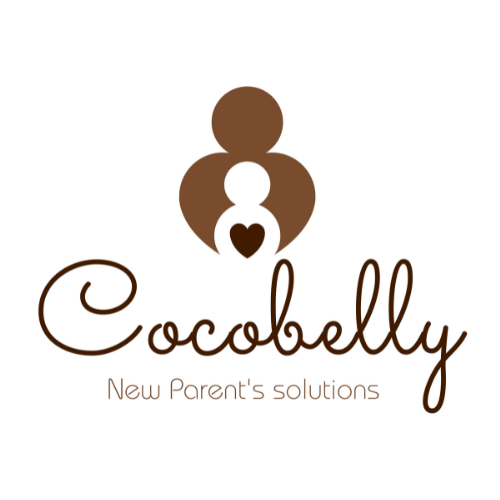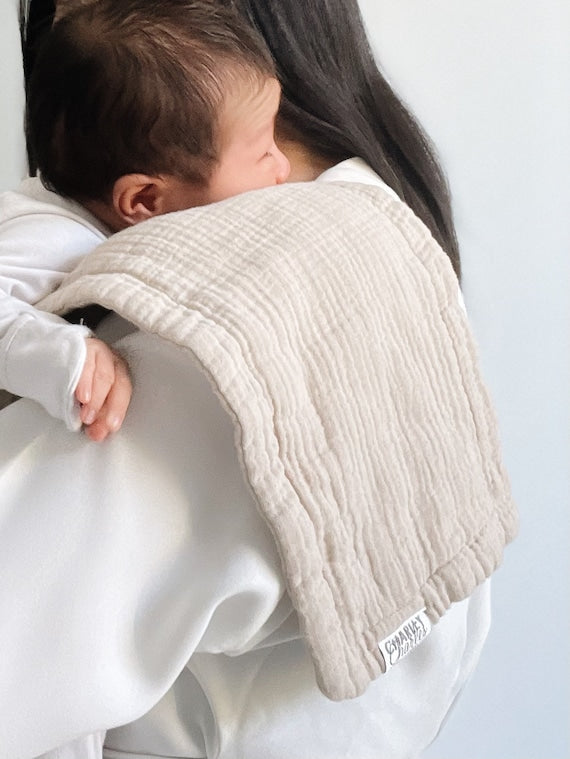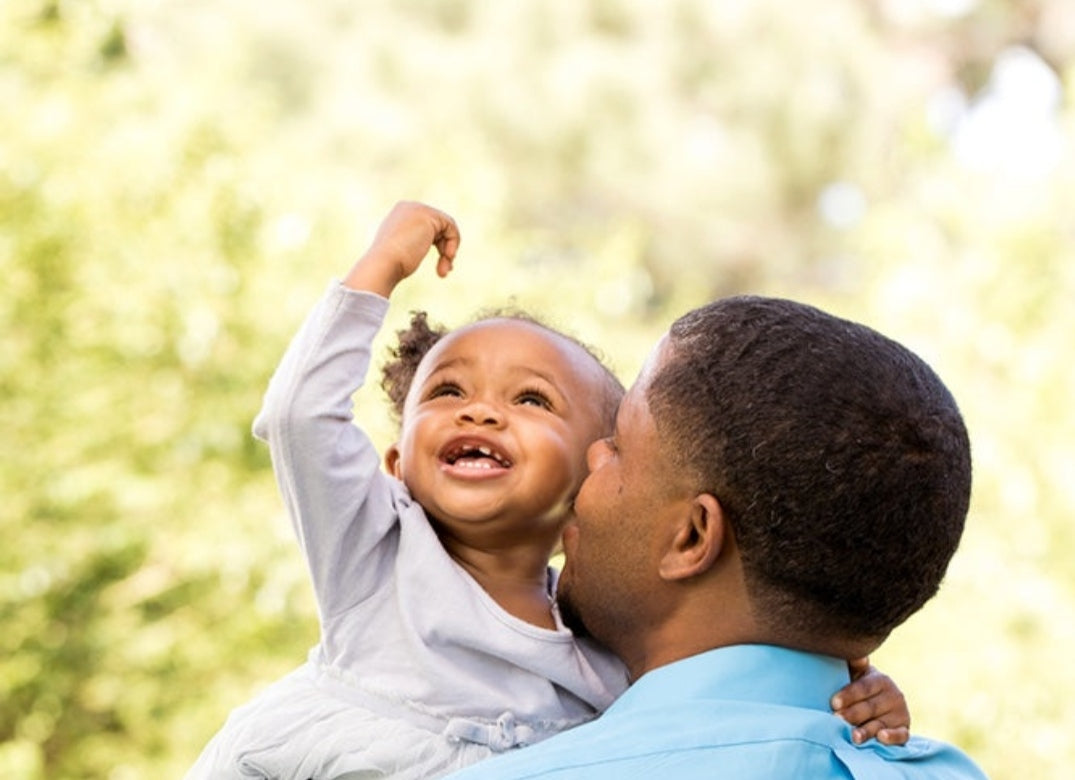Burping a newborn is a crucial aspect of caring for your baby's wellbeing and comfort. This simple act helps prevent discomfort caused by gas buildup during feeding or milk consumption. While it may seem simple, understanding the right techniques can make the process smoother for both you and your little one. In this guide, we'll walk you through the steps on how to burp a newborn effectively.
-
Choose the Right Moment: Before you begin, try to burp your newborn during or after feeding. If you're bottle-feeding, aim to burp your newborn every 2-3 ounces. For breastfeeding, find a natural break during the feeding session to burp your baby. You can also do it during diaper changes or when the baby seems restless. Keep in mind that every newborn is different, so observe your little one's cues to determine the best timing.
-
Burping Positions: There are several positions you can try to burp your newborn. Some parents prefer the classic over-the-shoulder position, while others find a seated position with the baby propped on their knees comfortable. Experiment with different positions until you find the one that works best for you and your baby.
-
Gentle Patting: To stimulate burping, give gentle pats on the baby's back with the palm of your hand. Make sure to do this gently and with slow movements, as newborns are delicate. This will help release any air bubbles that may be causing discomfort to your baby.
-
Use a Burp Cloth or Protective Shoulder: Your newborn may spit up during the burping process, so it's helpful to have a burp cloth or protective shoulder under the baby's face. This will help avoid stains on your clothes and keep your baby clean and comfortable.
-
Relax and Be Patient: Burping a newborn requires patience. If the baby doesn't burp right away, don't worry. Keep trying and maintain a relaxed atmosphere. Tension can be sensed by your baby, making burping more challenging.
-
Practical Tips:
- Avoid burping the baby immediately after feeding; wait a few minutes.
- If your baby is particularly fussy, try burping more frequently during feeding. This can prevent your baby from swallowing excessive air while nursing.
- Use circular motions on the back to encourage burping. Some babies respond well to a gentle circular motion on their back. Use your fingertips to make small circles, starting from the lower back and moving upward. This can help release trapped air.
- Don't force the baby to burp if it doesn't seem necessary.
-
Recognize Signs of Discomfort: Pay attention to your newborn's cues. Signs of discomfort may include fussiness, squirming, or pulling away during feeding. If your baby seems uncomfortable, take a break, try to burp, and observe if it alleviates any discomfort. Understanding your baby's signals will help you respond promptly to their needs.
Burping your newborn is a learned skill that comes with practice, turning each burping session into a bonding time with your little one. As you navigate the subtleties of recognizing cues and refining your technique, you're not only ensuring your baby's comfort but also engaging in a special form of communication. This bonding time is an invaluable aspect of parenthood, fostering a deeper connection and understanding between you and your precious newborn. Embrace the learning process, savor the moments, and let the art of burping become a cherished part of your parenting journey.




Dejar un comentario
Todos los comentarios se revisan antes de su publicación.
Este sitio está protegido por hCaptcha y se aplican la Política de privacidad de hCaptcha y los Términos del servicio.